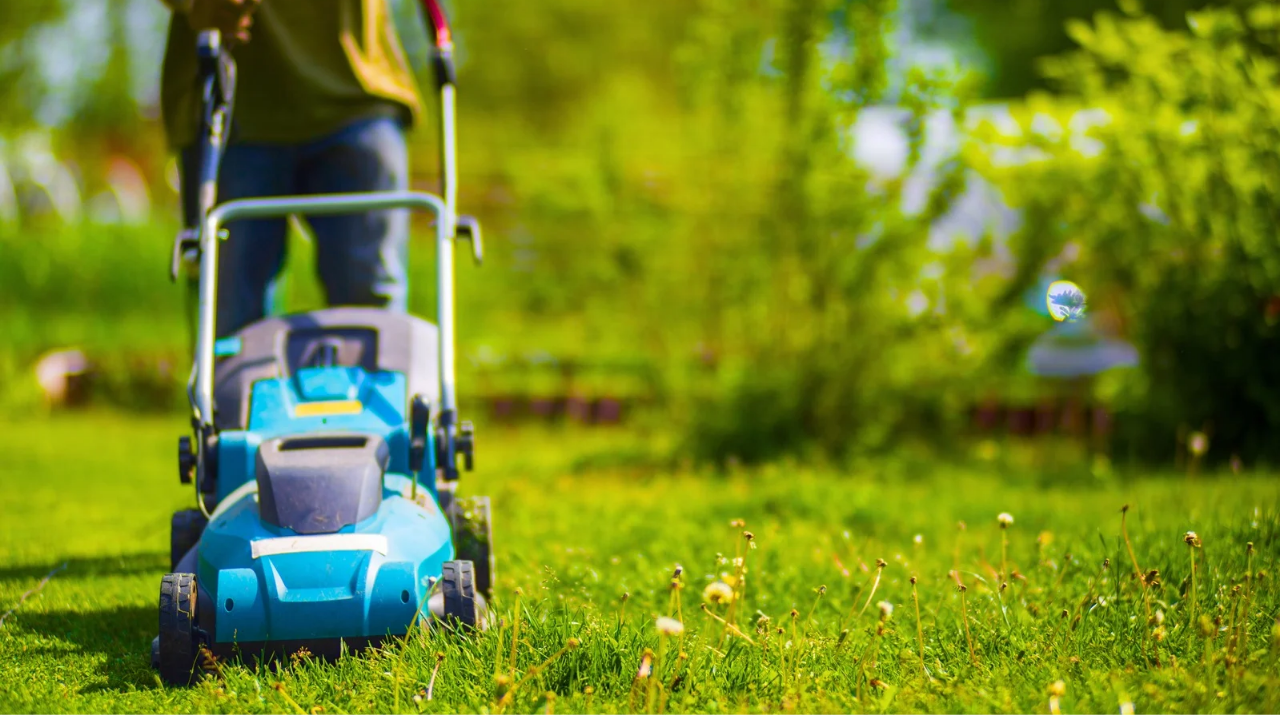The difference between having healthy grass and having dirty or damaged grass can be determined by how frequently you mow your lawn. Mowing your lawn every seven to ten days is often the best way to maintain its health.
However, factors like the type of grass, the quantity of rainfall, when to fertilize, and how much time you have to spend mowing the lawn can change your schedule. These broad recommendations can assist you in determining the best time to mow your grass.
Advice
When the grass is dry, has grown to no more than half of its original height, and the mower blades are sharp, mowing is most effective.
Seasonal Mowing
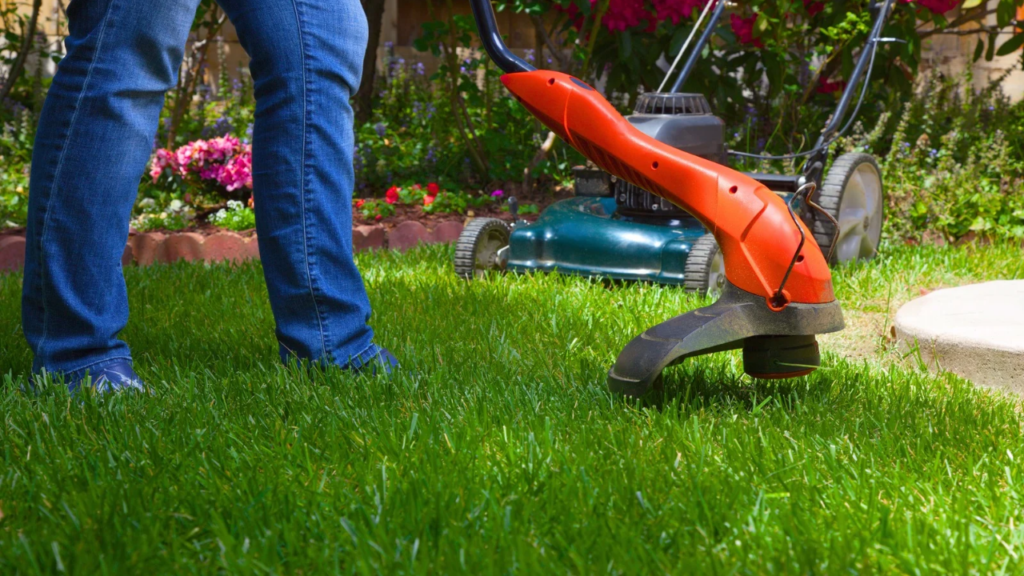
Spring: Until the grass gets green, mow every two weeks.
Summer: When the grass is green, mow once a week.
Fall: Until the grass stops growing and starts to lose its color, mow once a week. As the weather cools, cut back on how often you mow.
Winter: Depending on where you live, mow every three to six weeks or not at all.
Turf Type-Based Mowing
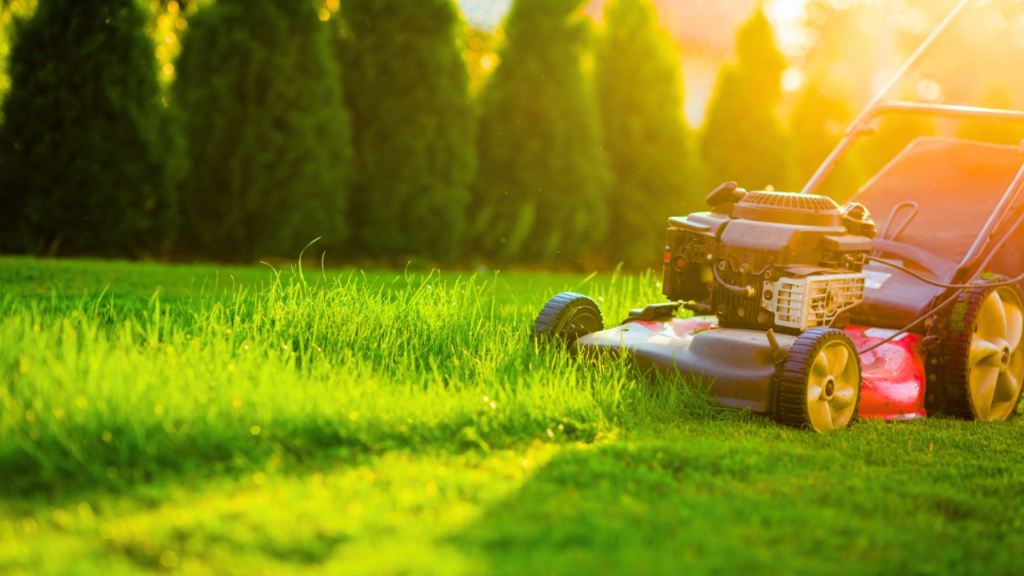
While certain types of turf prefer to stay a little closer to the ground, others grow better when cut higher. To maintain the ideal height for a consistent lawn, you may decide how frequently to mow your turf by knowing when it is actively developing.
Though opinions vary, the following are ideal heights for some popular grasses planted in the United States:
The Proper Height to Mow Common Grasses
Fescue 2–3 inches
Inches of bluegrass 2-2 1/2
Ryegrass, 1 to 2 in.
Bermuda grass, 1 to 1 1/2 yards
The Zoysia
3/4 to 1 inch
Augustine
Two to three inches
One to two inches of buffalo grass
Grasses for the Cool Season
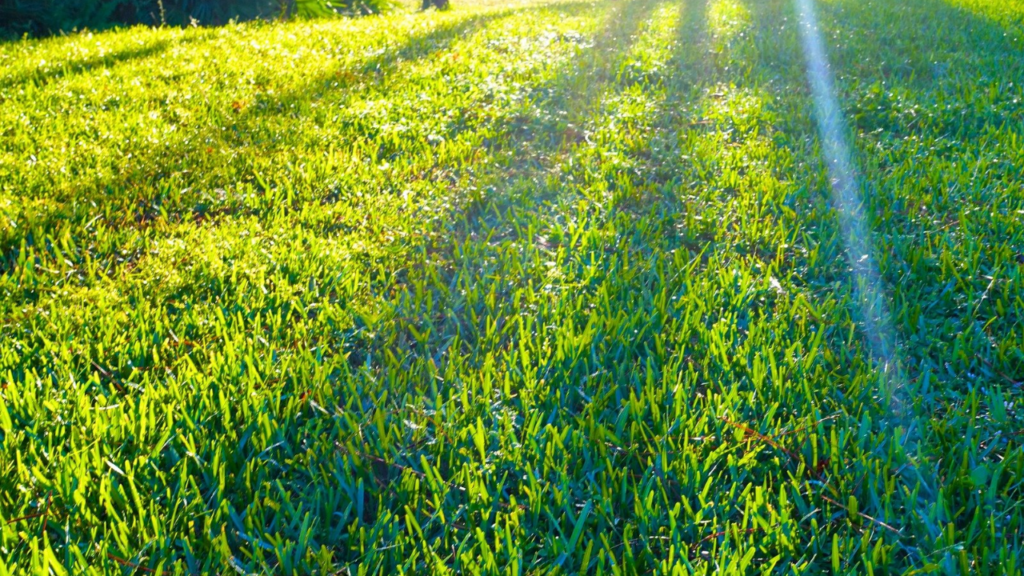
Cool-season grasses, including ryegrass, bluegrass, and fescue, grow rapidly in the spring and fall. When there is more rainfall, they require more frequent cutting.
In the spring, broadleaf weeds can be suppressed by mowing at a height higher than what is ideal for your grass variety. During the warmer summer months, growth slows and mowing may become less regular.
Grasses for the Warm Season
Southern and southwestern states with hot summers and moderate winters are home to warm-season grasses.
Buffalo, St. Augustine, Bermuda, and Zoysia grasses do not overwinter as well as cool-season grasses, although they do thrive best in the summer heat. When it rains a lot every day, these grasses need to be mowed more frequently.
Shade Grasses
Although there are particular blends for dark spots, most grasses thrive in regions with lots of sunlight. Shaded spots are preferred for cool-season grasses. Mow the grass less frequently and in a shaded spot on the upper side.
To reduce the amount of lawn in shaded areas, think about creating a moss lawn or perennial flower bed beneath a tree canopy.
The New Lawn
Once a fresh lawn is actively growing, it should be mowed as frequently as an established lawn. It is okay to start mowing new grass once it has grown over the ideal height for its type, but cutting it too soon will harm the sensitive new leaves.
As a result, you might have to wait around two months before cutting your freshly seeded grass. Additionally, give newly put sod two to three weeks or longer to establish its roots before mowing.One
Tips for Healthy Lawn Mowing
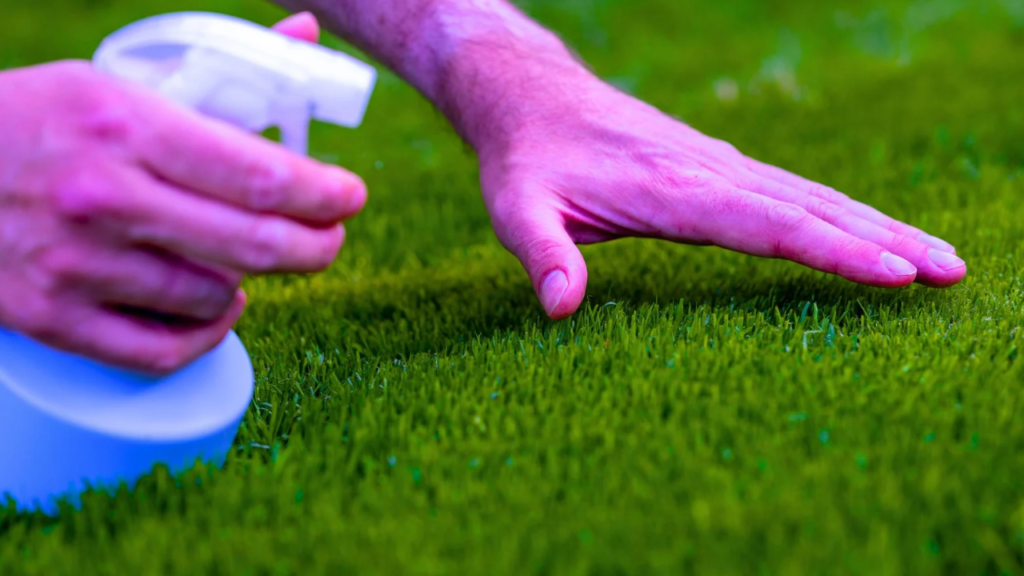
When your lawn is actively developing, cutting it too short might harm the stems and kill the grass. The blades’ flowering indicates the emergence of new leaves and the propagation of roots. Raise the mower’s cutting height now so that no more than 1/3 to 1/2 of the fresh leaves are removed.
Restricting root development by cutting the grass below its ideal height can result in disease, weed infestation, and damage from heat and drought.
Mowing In Hot Weather
Since the heat is already stressing the grass, avoid mowing during really hot weather.
When the sun isn’t as harsh, mow in the morning or evening.
When the temperature reaches about 70 degrees, mow new, more sensitive lawns.
During periods of extreme heat, raise the mowing height by approximately one inch. Two Pointers
Because it removes the youngest, most active leaves, mowing actually damages grass. To lessen the damage, keep the mower blades sharp. Twice or three times a year, sharpen your blades.
Grasping in Rainy Conditions
Always wait until your grass is completely dry before cutting it, even if you have a mowing schedule. When you mow a wet lawn, you run the risk of slipping, and the mower wheels can create deep ruts in the damp ground.
Your mower may become clogged with wet, clumpy grass clippings. Additionally, wet grass can droop and become heavy, which can harm the grass’s blades and cause the mower to pull off.
Mowing Long Grass
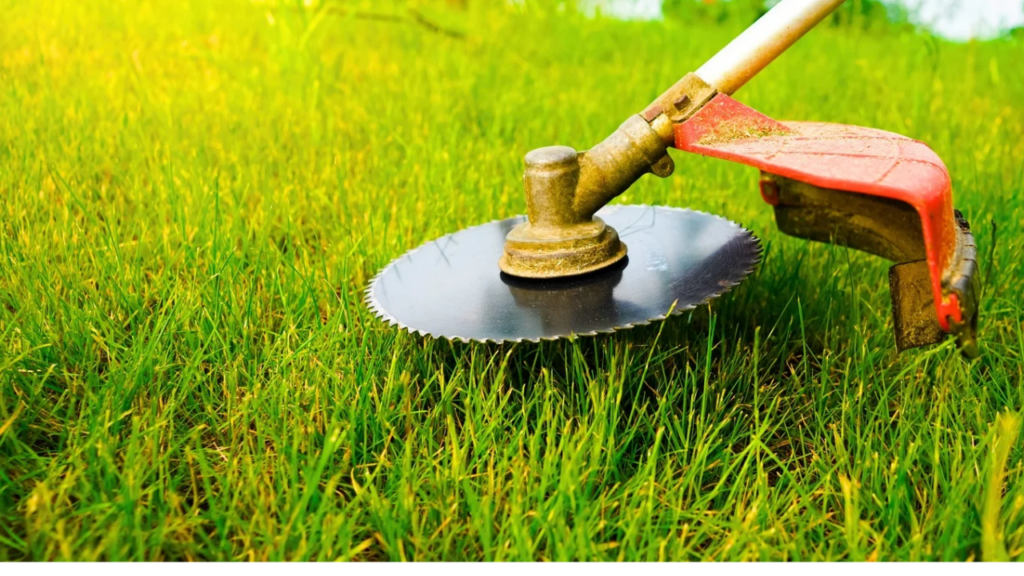
Mow more frequently, removing only one-third of the new growth at a time if the grass grows too tall above the advised height. Restoring the grass to its optimal growing height may require multiple passes, separated by a few days, to allow the turf to recover.
When to Mow Following Fertilization
Mowing a lawn should be done at least a day or two after fertilizing a new lawn or feeding an existing one. It will take time for the fertilizer to get into the soil. Fertilization will be hampered by premature lawn mowing.
Methods for Handling Grass Clippings
Mowing can leave your lawn surface with ugly windrows or mounds of wet clippings. Increasing the frequency of mowing will help prevent this issue.
Because it will have fewer active leaves, an excessive amount of clippings will shade and harm the remaining grass. The grass will receive fertilizer from the short clippings that swiftly break down and flow down between the remaining leaves.
Grass cuttings can also be composted or used as garden mulch.
FAQ
Does the grass get thicker after repeated mowing?
Regular mowing can help the grass become thicker and more lush. But if you trim your grass too frequently or too short, the heat from the sun can weaken the roots and harm the blades, which will stop them from growing deeper for a healthier lawn.
Can I leave my lawn covered in grass clippings?
If the grass clippings are not excessively long, damp, sick, or excessive, you can leave them on your lawn; otherwise, they may suffocate the grass underneath. Otherwise, clipping collection is typically not required.
Can I grow dry areas in my lawn with grass clippings?
On exposed areas, grass clippings can serve as mulch. The clippings will break down, replenish the soil with nutrients, and retain moisture. Heavy clippings should be used carefully on freshly seeded bare places, as they could crush seedlings and impede sunlight.

